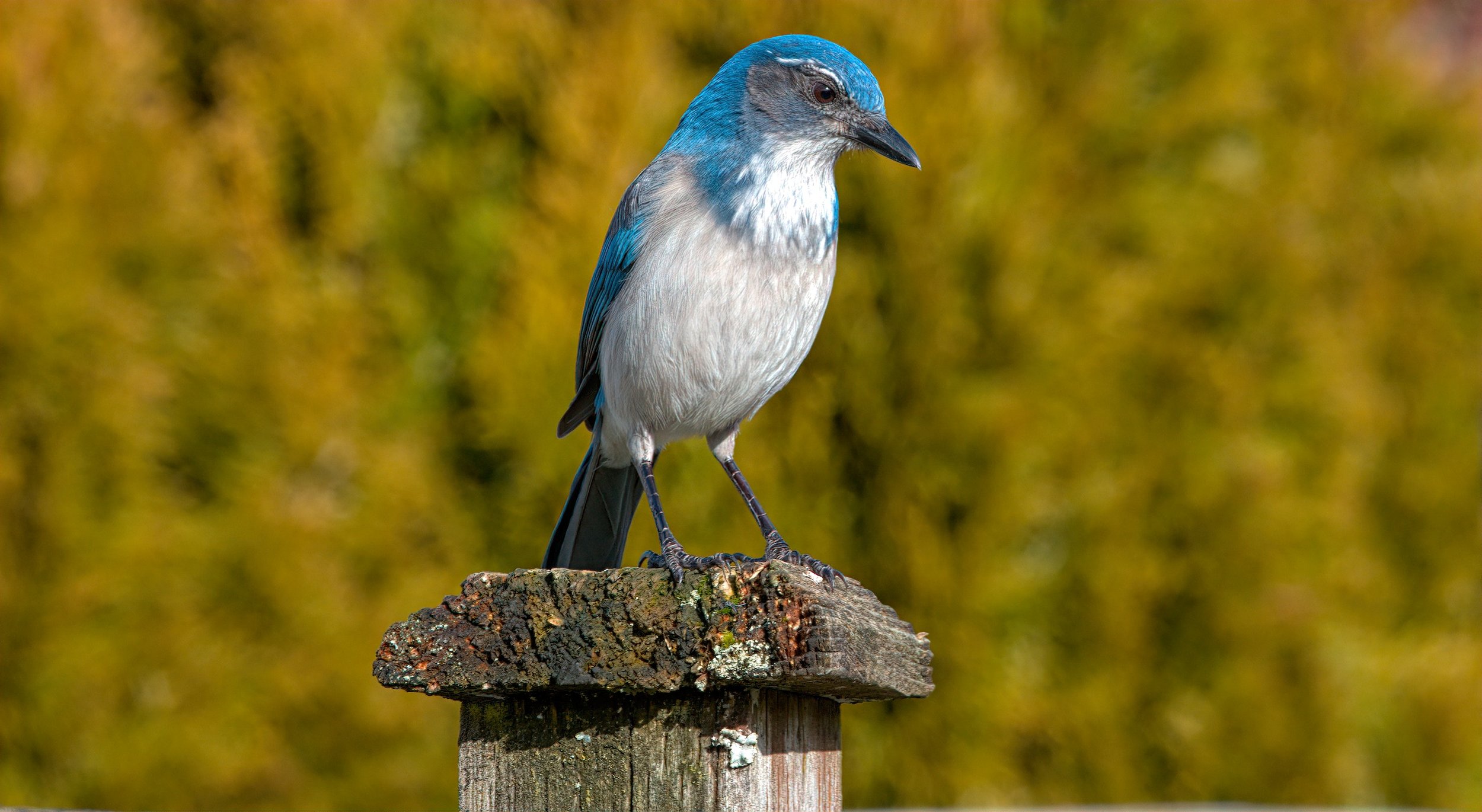Species vs. subspecies, and why that matters
By Shawree Zhang
Photo by Townsend Walton
Many of us learned the basics of ecology as kids in middle school, and some might even remember some variation on a mnemonic device that has helped us remember the different taxonomic ranks over the years. The one I learned went like this: “King Phillip Came Over For Good Soup.” Kingdom, Phylum, Class, Order, Family, Genus, Species, in order of increasing specificity.
This seems to imply that “species” is the narrowest category you can get when categorizing living things, but that’s not quite true. Many species also have subspecies, a designation given to genetically distinct and geographically isolated populations that can still interbreed with the main body of the species when their ranges overlap. And in some cases, a subspecies will actually be promoted (not official scientific terminology) to a species of its own.
This happened recently to a kind of bird called the Western scrub-jay in 2016, which technically no longer exists (and if you follow that link, you’ll see that there were actually multiple instances that year of bird subspecies becoming species). The Western scrub-jay population was made up of two particular subspecies: a coastal and an interior form. These two were officially recognized as separate in 2016: the California scrub-jay and the Woodhouse’s scrub-jay.
Why did this categorization change? That’s because research found that the two subspecies rarely interbred anymore where their ranges overlapped, as well as having enough differences between their songs, behavior, and appearances to convince researchers that they were distinct from each other.
Well, why does this all matter? This may seem like a lot of nitpicking, after all. But in reality, whether or not something is considered a species or a subspecies can have a significant effect on what kind of attention they get in terms of conservation.
Let’s take those scrub-jays, for example. They just gained a couple new species, but there are still more subspecies of scrub-jays scattered around North America that could very well be declared as species in the future as well. This would require further research to confirm or deny the possibility, but if they are, it could turn out that what we previously considered a widespread species is actually made up of many relatively rare species with smaller populations, which are more specialized and important for biodiversity.
If subspecies are not considered separate, then the “species” may appear like it isn’t in need of habitat preservation or conservation management, for example. But if there are actually multiple species, then they each have a more limited range and specific habitat requirements, and may qualify as endangered.
Clearly, when it comes to conservation, even seemingly minor details can make a big difference - just like it did for the Western scrub-jay!

